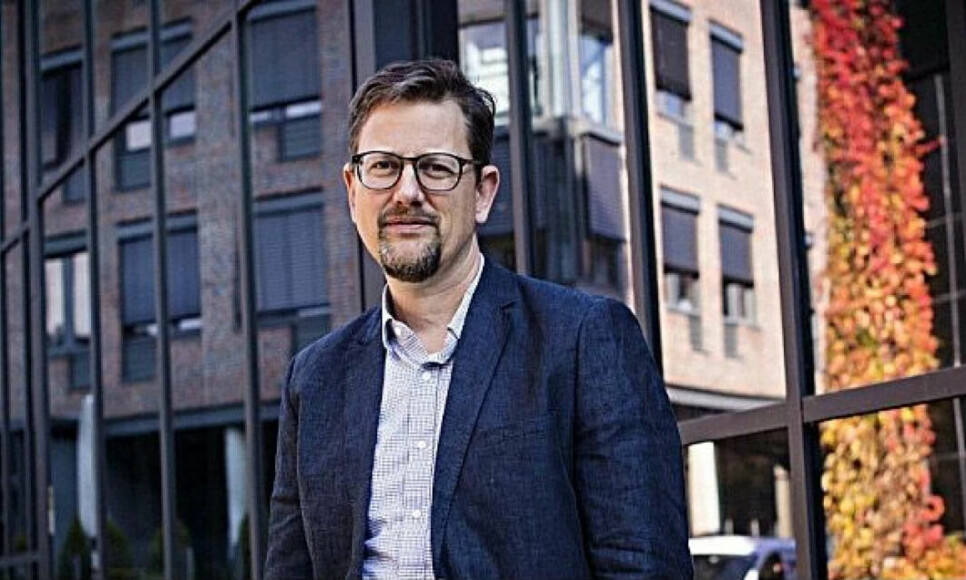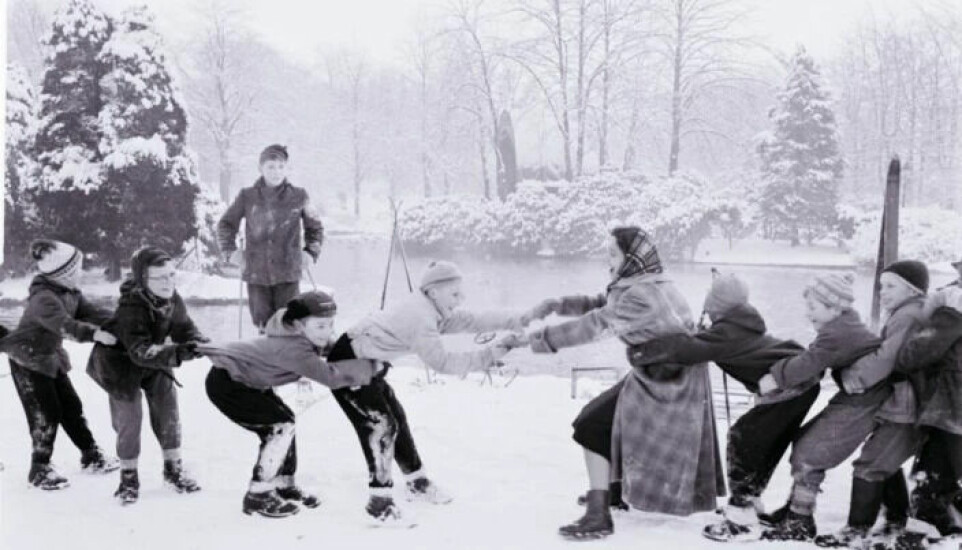
More than half of us may end up without descendants
A new study based on data from the 19th century gives insight into how few of us can expect to have grandchildren and great-grandchildren.
Most of us probably have some idea that we are part of furthering our ancestry . But this is probably not the case for the majority of those living in Norway and Sweden today.
The same may also be true in a good number of other countries, researchers believe.
Data from the 19th century
Researchers Vegard Skirbekk at the Norwegian Institute of Public Health (NIPH) in Norway and Martin Kolk at Stockholm University have together conducted a study on population data from the 19th century onwards.
The study may be the first of its kind in the world.
In an area in northern Sweden, all population data from the latter part of the 19th century have now been digitised. This is the data Skirbekk and Kolk have analysed in their study.
And they have found some surprising results.
Half never had great-grandchildren
From what they have been able to uncover about people born in the northern Swedish Skellefteå region in the years 1885-1899, Skirbekk and Kolk believe that this can also provide insight into something that is relevant for Norwegians and Swedes today.
It is probably also relevant to other populations in Europe. And in other parts of the world.
“Despite high birth rates at the end of the 19th century, we find that almost half of all who lived at the time never had any great-grandchildren,” Skirbekk tells sciencenorway.no.
Almost as many were without grandchildren.
With today's low birth rates and small cohorts, the researchers argue there is good reason to believe that the same will apply to those of us alive now.
An important aspect of life
The study by Skirbekk and Kolk sheds light on an aspect of human life that is important to many: leaving a genetic and cultural legacy for future generations.
The researchers, however, show us that very many do not do this.
The reason behind the researchers’ choice to study the Skellefteå region in northern Sweden is that all old data about the population in the Parish registers there have been digitised. These population data are of high quality, and researchers have been able to link the data on the population in the 19th century to population data from more recent times.
The study consists of data on a total of 5,850 people and their tens of thousands of children, grandchildren and great-grandchildren.

Fertility and childlessness are most significant
Vegard Skirbekk points to childlessness and low fertility as the two most significant reasons why families die out in our time.
This was also the case in the 19th century.
Although infant mortality at that time was clearly higher than it is today, infant mortality did not play a decisive role in how many had descendants.
25 per cent childless
In Norway today, almost 25 per cent of all men and almost 15 per cent of women do not have children.
But infertility was also common in the late 19th century. At that time, about a quarter of all men and women did not have children. On the other hand, there were many who had large groups of children.
One of the reasons why people did not have descendants was, clearly, variance in fertility.
Wealth distributed to fewer
“The fact that people do not have descendants can also have significant financial consequences. It can, for example, affect inheritance distribution and financial conditions in old age,” Skirbekk points out.
The fact that many do not have descendants can also contribute to wealth being concentrated in fewer hands.
In addition, it may affect the population's genetics and health.
Maybe it also affects our values. Or the relationship between generations.
But none of this is something researchers today know for sure.
“If we are to make claims about any of these aspects, we first must have more detailed data,” Skirbekk emphasises.

Who has the fewest children?
Skirbekk and Kolk found that at the end of the 19th century, most of those with the lowest and highest social status did not have children. Instead, those in the middle had the most children and descendants.
Today, it is above all men from socio-economically disadvantaged groups who to a greater extent than others remain childless.
Women who take higher education have also for some years had fewer children than others. But this is a development that has decreased somewhat in recent years.
Looking forward to Norwegian data
Vegard Skirbekk is looking forward to Norwegian genealogical registers now also being digitised. This may open up many exciting studies on Norwegian population data from previous years.
“We hope to be able to continue with what we have found in this study,” Skirbekk tells sciencenorway.no.
———
Translated by Alette Bjordal Gjellesvik.
Read the Norwegian version of this article on forskning.no
Reference:
Martin Kolk and Vegard Skirbekk Fading family lines - women and men without children, grandchildren and great-grandchildren in 19th, 20th and 21st Century Northern Sweden, Advances in Life Course Research, 2022. DOI: 10.1016/j.alcr.2022.100481
------


































